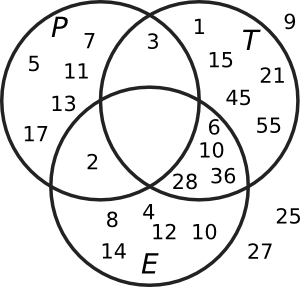


However, you can cross off all of the multiples of 7. 7 is a prime number, because it has exactly two factors - 1 and itself. However, you can cross off all of the multiples of 5.ĥ. 5 is a prime number, because it has exactly two factors - 1 and itself. However, you can cross off all of the multiples of 3.Ĥ. 3 is a prime number, because it has exactly two factors - 1 and itself. However, you can cross off all of the multiples of 2 (other than 2, no even number is a prime number).ģ. 2 is a prime number, because it has exactly two factors - 1 and itself. 1 is not a prime number as it only has one factor - itself.Ģ. Give the following instructions one at a time:ġ.

They will need a blank hundred square grid. This is a fun, visual activity which allows children to find all of the prime numbers up to 100 easily. This is the only even number that has only two factors. By definition, prime numbers have exactly two factors. Why is 1 not a prime number?ġ can only be divided by one number, itself. However, 12 is not a prime number because it can be divided by 1, 2, 3, 4, 6 and 12. This means that it can only be divided by itself and 1, without remainders.įor example, 11 is a prime number because it can only be divided by 1 and 11. A prime number is a whole number greater than 1 with only two factors - itself and 1.


 0 kommentar(er)
0 kommentar(er)
